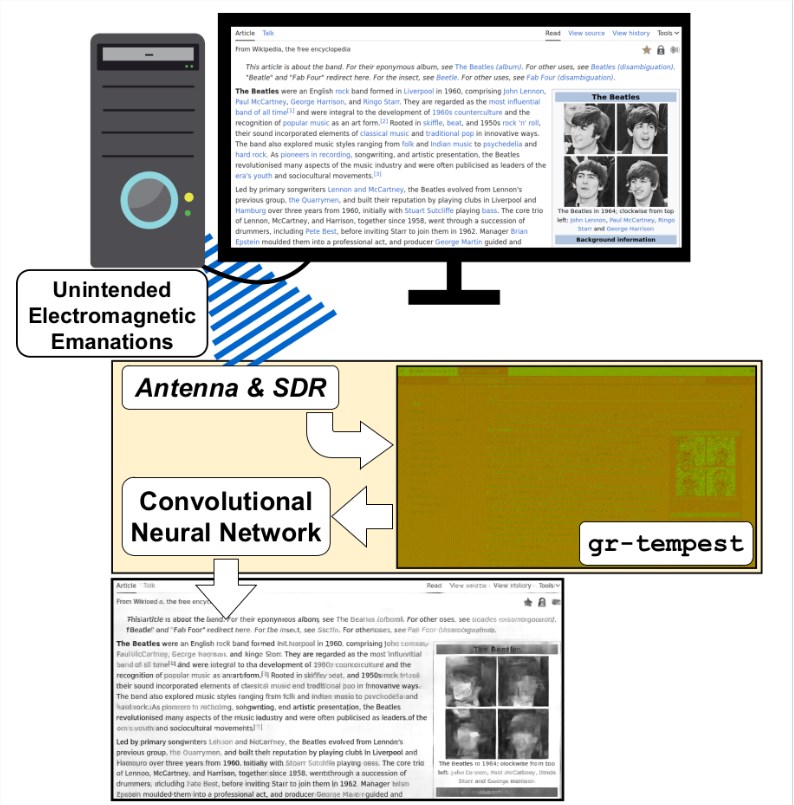With the rapid development of science and technology, information security issues have become increasingly prominent. We often pay attention to aspects such as network security and data encryption, but often overlook some seemingly inconspicuous details. Recently, a research result of a research team from the School of Engineering of the University of the Republic of Uruguay has given us a deeper understanding of information security. This study revealed the possibility of electromagnetic radiation leaking information from HDMI data lines, and used AI technology to successfully recover the original picture content from these leaked signals. The editor of Downcodes will take you to learn more about this shocking research.
In the digital age, the importance of privacy protection has become increasingly prominent, but you may not have thought that even the electromagnetic radiation of HDMI data cables may become a channel for information leakage. Recently, a research team from the School of Engineering of the University of the Republic of Uruguay successfully achieved the feat of restoring original picture content from electromagnetic signals leaked from HDMI data cables through AI technology.
At the heart of this research is an end-to-end AI model focused on text recovery that is able to reduce the character error rate of HDMI signals to approximately 30%. This may sound a bit abstract, but imagine that the far right is what is displayed on your computer screen, and the middle is the final output of the AI model, and you can appreciate the power of this technology.
We know that digital signals like HDMI are more difficult to recover than analog signals because 10-bit encoding results in increased bandwidth and a non-linear mapping between signal and pixel intensity. However, the emergence of this technology has made the originally elusive electromagnetic waves decodable.

The research team first used antennas to capture electromagnetic waves emitted by HDMI cables and connectors. They then received these signals through a software-defined radio (SDR) device and converted them into digital samples. Next, software tools are used to process the signal, extract image data, and finally input it into the AI model for image recognition and enhancement.
The key is that they used Deep Residual UNet (DRUNet), a convolutional neural network with an encoder-decoder structure that is particularly suitable for image restoration tasks. By optimizing the network structure and training process, DRUNet significantly improves the quality of image restoration, especially in terms of text readability.
To validate this technology, the team constructed a data set containing approximately 3,500 samples for testing. The results show that on real data sets, the model using complex samples exhibits the best performance on multiple evaluation metrics. Traditional methods have a character error rate of over 90% on real datasets, while their model can reduce this number to 35.3%.
This research not only demonstrates the application potential of AI in the field of information security, but also reminds us that even a seemingly secure HDMI connection may still be at risk of information theft. However, the research team also proposed preventive measures, such as adding low-level noise to the display image or using background gradients, which can effectively reduce the success rate of electromagnetic leakage.
Project address: https://github.com/emidan19/deep-tempest
Paper address: https://arxiv.org/pdf/2407.09717
This research triggered people's profound thinking about information security and also provided a new direction for the development of future information security protection technology. The editor of Downcodes recommends that everyone pay attention to information security and take corresponding protective measures to protect personal privacy and data security. It is hoped that this research can attract more people's attention and promote the progress of information security technology.